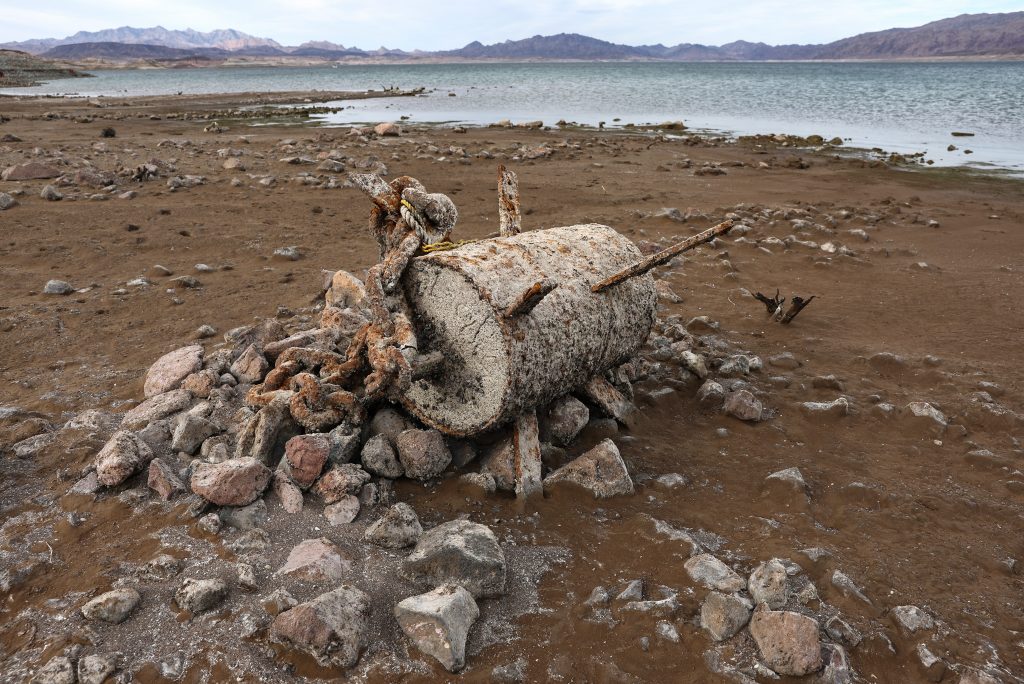- Lower water levels due to drought are unearthing old sites, artifacts, and human remains.
- Droughts are becoming more frequent and severe in many parts of the US and the world, according to climate reports.
- In Nevada's Lake Mead, four sets of humans remains have been found since May.
This year, intense droughts, made worse by climate change, have depleted water levels in rivers, lakes, and streams around the world, revealing remnants from the past. As the world warms, experts say more ancient artifacts and long-submerged human remains could come to the surface.
Nevada's Lake Mead is a prime example. Water levels have plunged 150 feet since 2000, according to the Southern Nevada Power Authority. Levels were at 1,041.63 feet above sea level Friday morning, their lowest since 1937, following the construction of the nearby Hoover Dam. Shrinking Lake Mead is part of a larger phenomenon, in which climate change is making droughts more frequent, severe, and pervasive in many parts of the United States and the world, according to the latest Intergovernmental Panel on Climate Change report, published in April.
From World War II-era ships and bombs to skeletons recovered near Sin City, unexpected discoveries continue to be unearthed by climate change-fueled droughts.
Lake Mead's sunken secrets
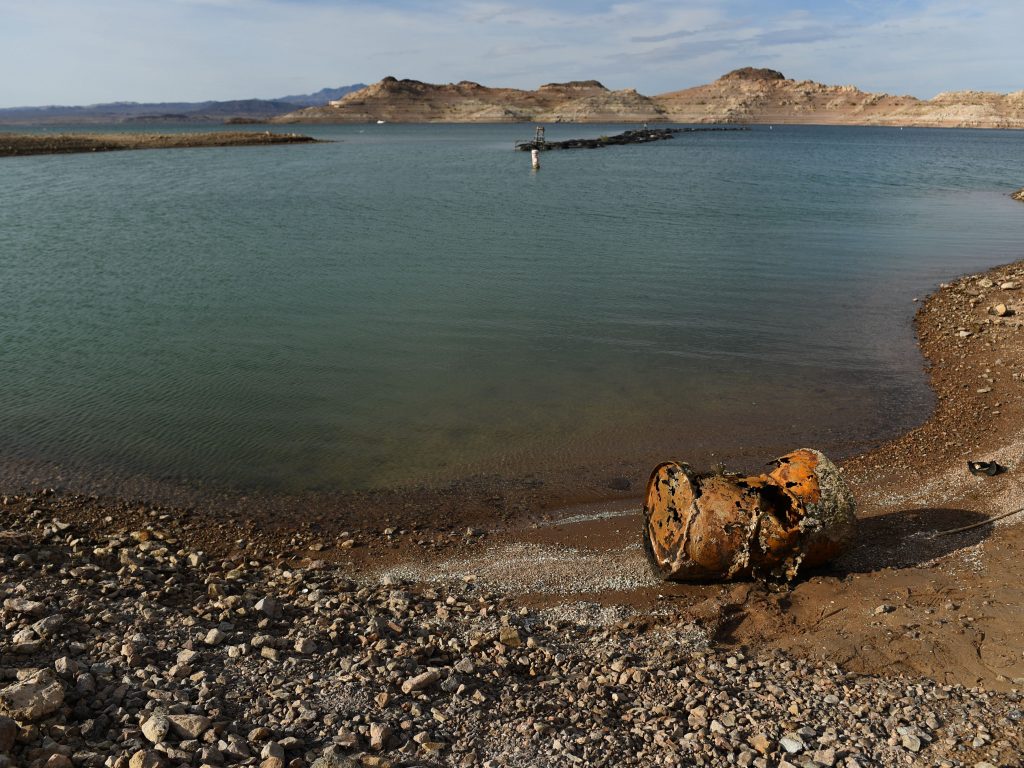
Water levels in Nevada's Lake Mead have hit record lows amid a severe drought, unveiling human remains that were once submerged. In May, two sets of human skeletal remains were found in the span of a week. In July and August, two more sets of remains were found, bringing the tally to four since May.
More bodies could turn up, given that water levels have receded to historic lows amid a climate change-fueled drought, according to Jennifer Byrnes, a forensic anthropologist who consults with the Clark County coroner's office.
"I would expect human remains of missing persons will probably be revealed over time, as the water level continues to recede," Byrnes previously told Insider.
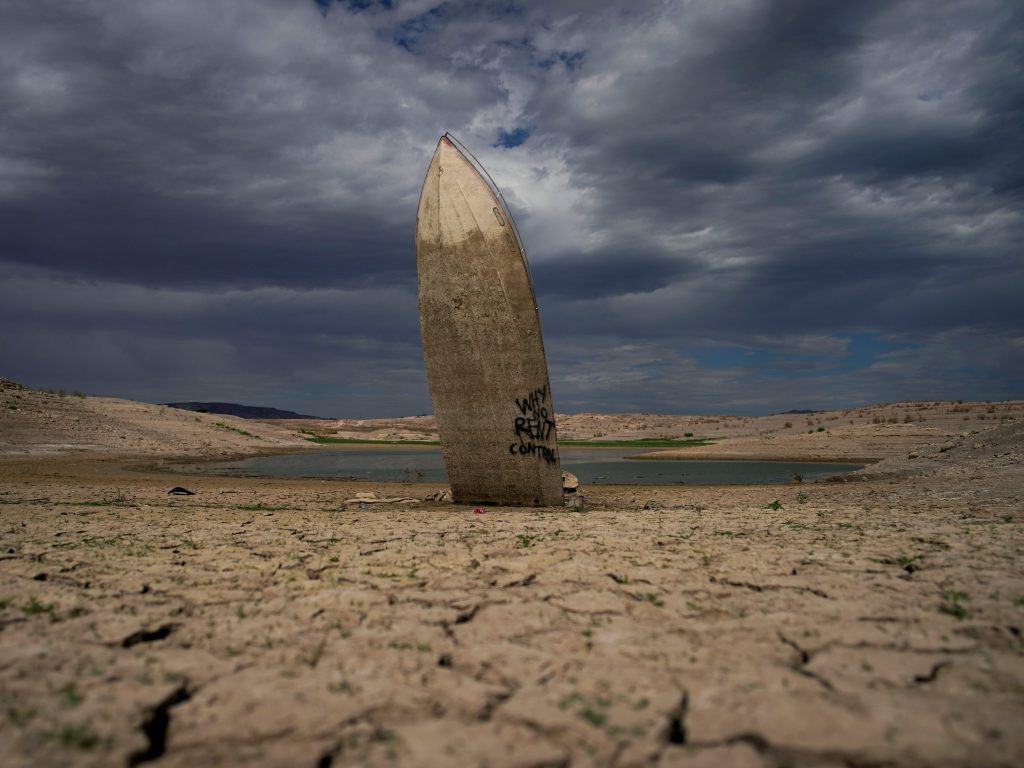
In June and July, Lake Mead's shrinking water levels created an eerie boat graveyard of previously sunken ships and beached houseboats, sailboats, and motorboats, according to The Associated Press.
World War II-era relics surface
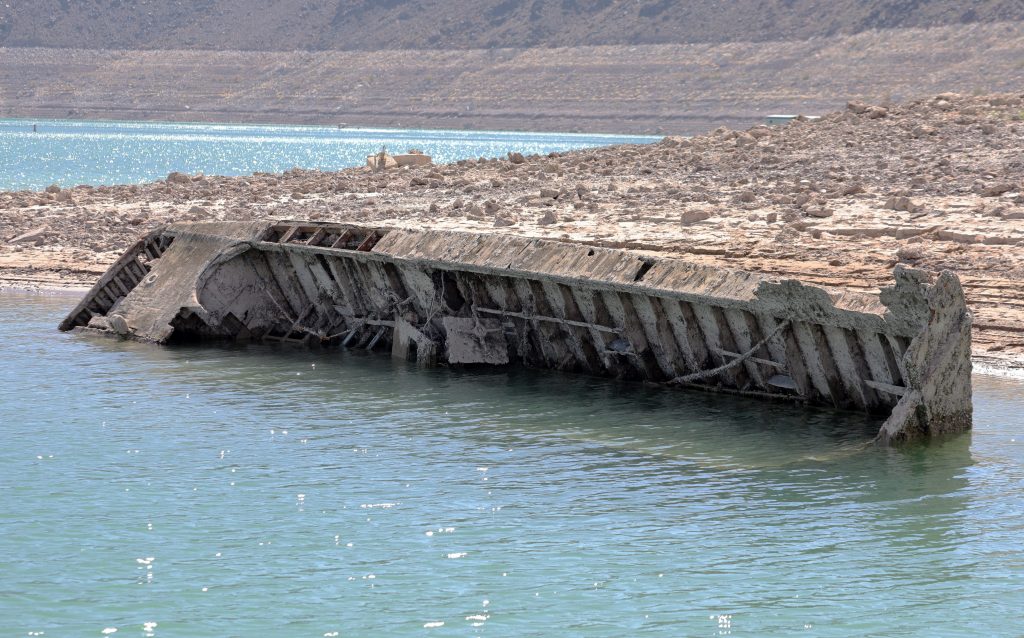
In June, receding waters in the Lake Mead reservoir revealed a previously sunken World War II-era boat for the first time in decades, according to The Associated Press. The National Park Service told the Las Vegas Review-Journal it suspects the Higgins landing craft was put into service on the lake for various tasks, including surveying the lake and the Colorado River, and was then partially salvaged before it sank.
"Whether it sank by accident or was purposely sunk to get rid of a vessel no longer of use is unclear," the park service said in a statement to CNN.
If Lake Mead's waters continue to recede, other World War II-era artifacts might surface. The lake's depths hide a B-29 bomber used in World War II.
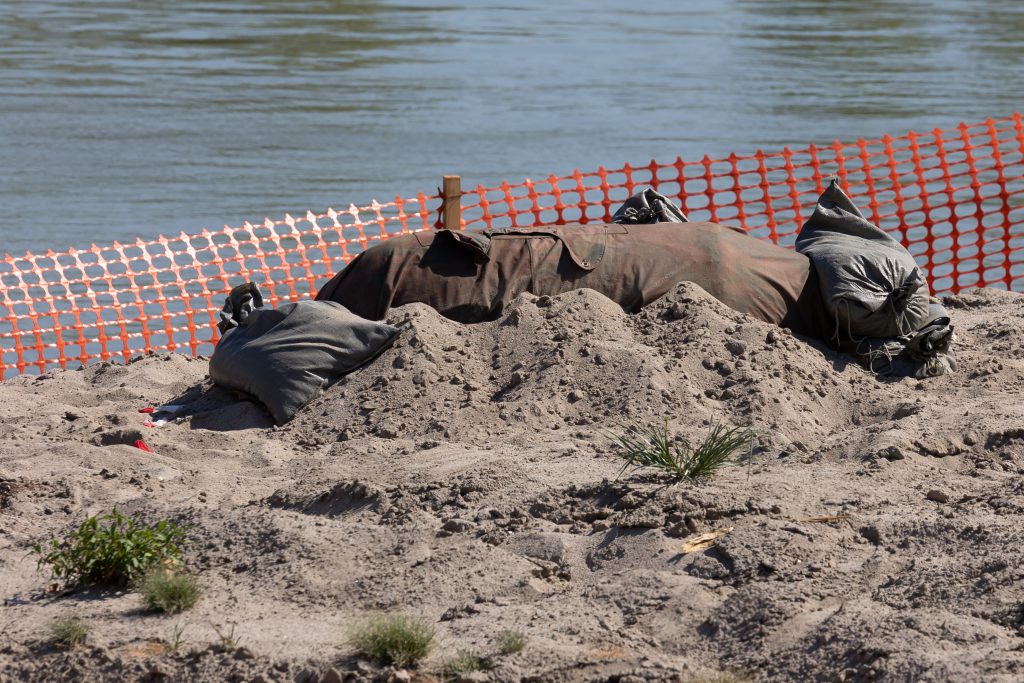
The sunken shipwreck of a World War II-era barge resurfaced in June after Italy's Po River — the country's largest — reached low levels during its worst drought in 70 years. More recently, in late July, the drought-stricken Italian river revealed a previously submerged 1,000-pound bomb from World War II.
"The bomb was found by fishermen on the bank of the River Po due to a decrease in water levels caused by drought," a local official told Reuters. The bomb had to be safely removed by army professionals.
As rivers dry up, lost cities emerge
Droughts around the world are revealing old sites and ancient artifacts. In December 2021, receding waters during an extreme drought revealed a 3,400-year-old city along Iraq's Tigris River, prompting archeologists to rush to the site to excavate and map most of the city before it was further exposed to climate change or destroyed.
The archaeological site, called Kemune, includes a palace with 20-foot walls, several towers, and multistory buildings.
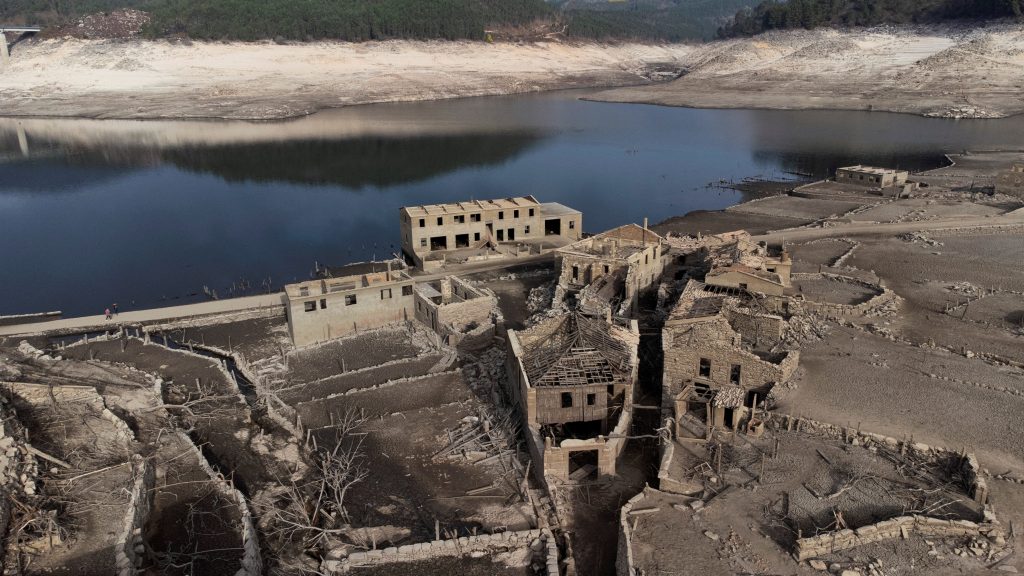
And in February, a once-submerged village reemerged in Spain after a drought drained a dam on the Spanish-Portuguese border. The village of Aceredo in Spain's northwestern Galicia region was flooded in 1992 to create the Alto Lindoso reservoir, and the recently unveiled ruins are attracting tourists wanting to see the ancient village after decades underwater.
But some locals say it's a concerning sign of what's to come in a warming world.
"It's as if I'm watching a movie. I have a feeling of sadness," Maximino Perez Romero, a 65-year-old from the area, told Reuters. "My feeling is that this is what will happen over the years due to drought and all that, with climate change."
Dit artikel is oorspronkelijk verschenen op z24.nl
